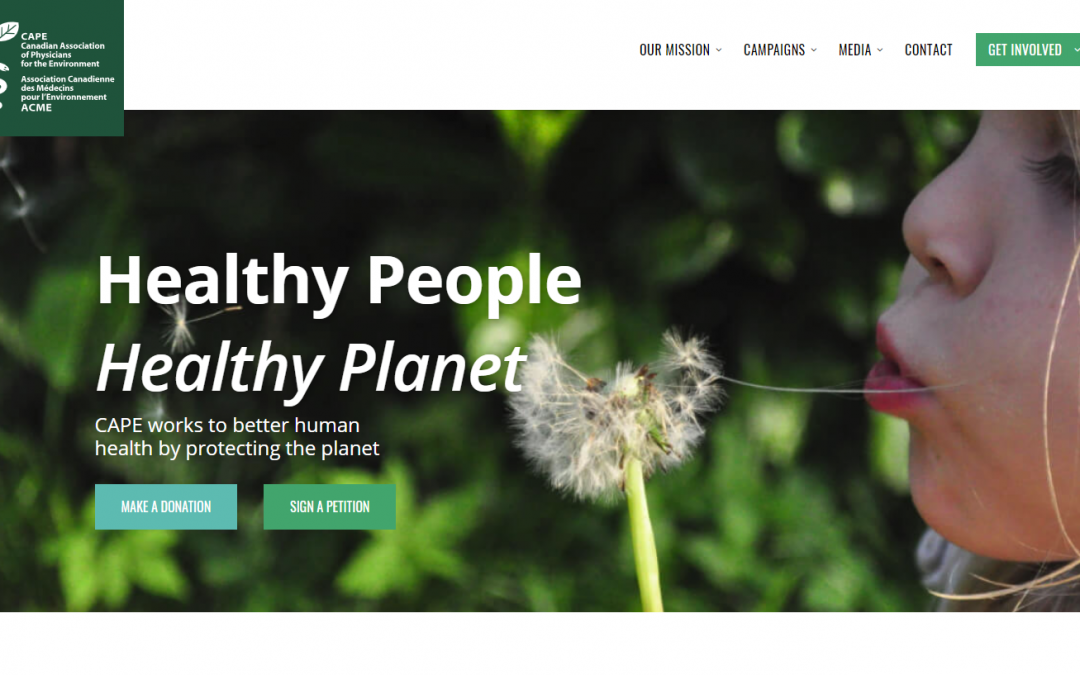I recently came across this letter in the Times-Colonist from Dr. Janet Ray from 2009. I believe it fits well with the new Biodiversity conversation.
Dr. Rays determination that “what is becoming clear is that determinants of health also includes the health of our natural environment, in particular climate change & biodiversity.”
Richard Hebda, curator of botany and earth history, estimates that forest degradation and version contribute to 20 per cent of climate change.”
The following letter from Dr. Ray is 10 years old, but is still of value as we move to incorporate a Biodiversity and Climate Change plans.
Times Colonist
October 22, 2009
by Dr. Janet Ray
As physicians, we are concerned that the proposed official community plan and land use bylaws for the Capital Regional District’s rural resource
lands will have a negative impact on climate change, regional biodiversity and human health.
The proposed bylaws invite rezoning applications for non-resource uses and would allow rezoning from the current 120-hectare lots to lot sizes of two
hectares.
The criteria for rezoning is vague, stating that the land be “in proximity to existing settlement.” This could create a domino effect of development
and result in the eventual destruction of significant forest and biodiversity.
Lots that are two hectares will result in the worst kind of rural sprawl. They will be too small to support intact wilderness and biodiversity. They
will be too big to allow neighbourhood services and will therefore result in increased commuter traffic.
The Bren School of Environmental Science estimates that the production delivery and combustion of each litre of gas generates 2.82 kilograms of
carbon dioxide. This will worsen air quality and add more cars to an already congested Colwood Crawl.
In the office, we help individual patients stay healthy by looking at individual determinants of health: Each individual’s unique biochemistry,
disease process and how their choices of nutrition, exercise and lifestyle affect their health.
What is becoming increasingly clear is that determinants of health also include the health of our natural environment, in particular climate
change and biodiversity.
The World Health Organization states that “the health impact of climate change is a critical issue that policy-makers should be aware of while
setting priorities for action and investment.” It adds that “climate change has adverse consequences for health; as carbon goes up, health goes
down.”
The website http://www.350.org cites a report from the Global Humanitarian Forum that climate change is already claiming 300,000 lives per year.
James Hansen of NASA, one of the first and most respected researchers on the issue, says that if “humanity wishes to preserve a planet similar to
that on which civilization developed and to which life on Earth is adapted … CO2 will need to be reduced from its current 385 ppm (parts per
million) to at most 350 ppm.”
In order to achieve that goal, any land-use changes must take into account, as their first priority, the need to lessen our carbon footprint.
Forests are a key ally in our attempts to slow climate change,sequestering carbon dioxide from the environment.
When a tree is killed, we lose its function in absorbing CO2 and it starts to release CO2 into the atmosphere.
Richard Hebda, curator of botany and earth history at the Royal British Columbia Museum and an adjunct associate professor at the University of
Victoria, estimates that forest degradation and conversion contribute about 20 per cent of climate change.
“In order to avoid uncontrolled climate change all forest carbon sinks must be maintained and increased,” he argues.
The preservation of biodiversity is also integral to our health as a planet and as individuals. We have only to look at the example of the
Pacific yew tree, which was routinely burned as worthless until taxol was found in its bark. Taxol is now one of the most significant discoveries in
treating malignant breast tumours and other cancers, in addition to being used to coat arterial stents so that newly opened vessels do not close up
again.
Dr. Eric Chivian, director of the Center for Health and the Global Environment at Harvard Medical School, in his book Sustaining life: How
Human Health Depends on Biodiversity, wrote that “It is a dangerous delusion to believe that we have a choice about whether we protect the
natural world or not. We have no choice, for our health and our lives depend on it.”
Any land use decision must factor in the carbon cost (carbonomics) of land use changes and minimize the carbon footprint. Any decision must be made
with a full understanding of the impact on biodiversity and have as a priority the preservation of healthy intact ecosystems.
Decisions of this importance need to be made by the entire CRD board. The lands in question represent about two-thirds of the entire regional
district, 132,000 hectares in total. The land-use decisions we make today will affect everyone in the region for generations.
Hebda has said that “Every tree matters.” Every voice matters too.
For more information, visit the University of Victoria’s Environmental Law Centre website at http://www.elc.uvic.ca, the Dogwood Initiative at
http://www.dogwoodinitiative.org, or the Capital Regional District at http://www.crd.bc.ca.
—
Dr. Janet Ray is a physician at the University of Victoria Health Services. These views have been endorsed by Dr. Carol Douglas, Dr.
Jonathan Down, Dr. Warren Bell, Dr. Jim Sacamano, Dr. Ron Puhky and Dr. Bob McDonald. Health-care providers considering joining the Canadian
Association of Physicians for the Environment (http://www.cape.ca) should contact Ray at conservationmedicine@shaw.ca.
